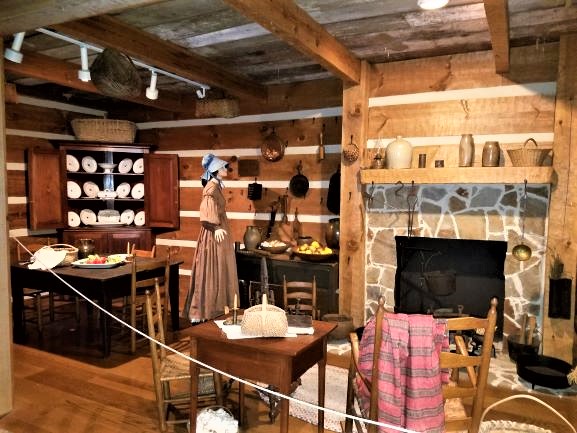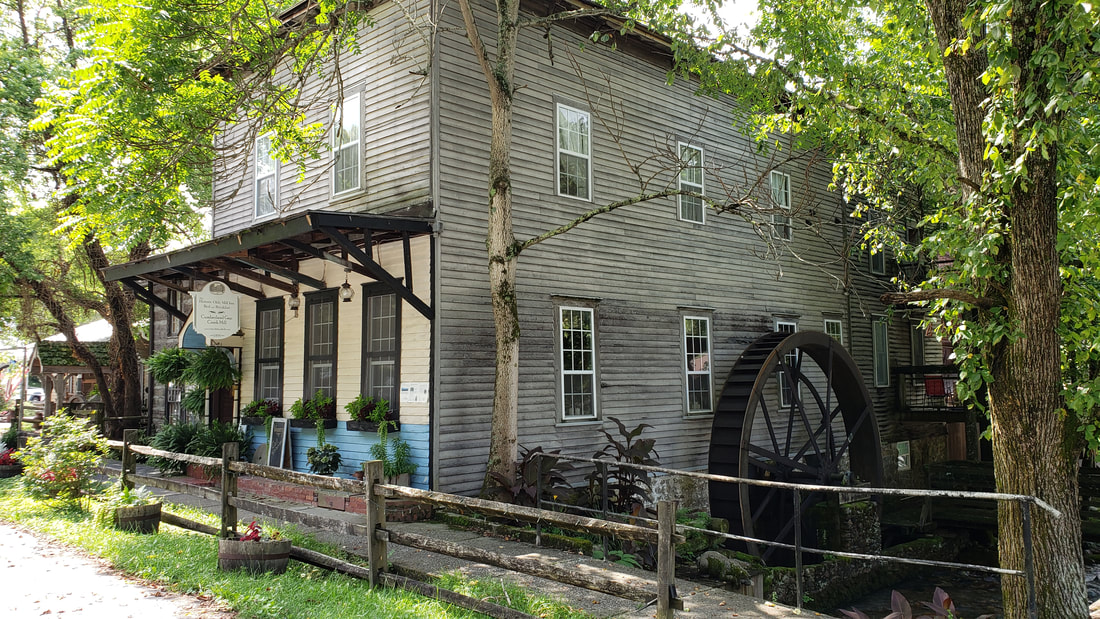East Tennessee – Contributions to Science
Nestled amongst the rolling hills and verdant valleys of East Tennessee, a spirit of discovery has long thrived. Its story isn’t just etched in the Appalachian rock formations, but woven into the fabric of scientific progress. Here, amidst the echoes of history, whispers of groundbreaking research and pioneering minds intertwine.
Our journey begins in the 1800s, where a young woman named Martha Mitchell defied expectations. As a self-taught naturalist in Knoxville, she meticulously collected and documented the region’s flora, amassing a treasure trove of knowledge that challenged the understanding of Appalachian biodiversity. Her legacy paved the way for future generations of female scientists, proving that curiosity knows no gender boundaries.
Meanwhile, in the depths of Oak Ridge, a different kind of revolution was brewing. During World War II, the Manhattan Project brought together the brightest minds to unravel the secrets of the atom. The resulting advancements in nuclear science not only changed the course of history but also laid the foundation for peaceful applications in medicine, energy, and technology. The echoes of this era still resonate in the research conducted at Oak Ridge National Laboratory, pushing the frontiers of scientific discovery.
But East Tennessee’s contributions extend far beyond the laboratory walls. In the Great Smoky Mountains National Park, researchers like Dr. Gary Miller dedicate their lives to understanding the delicate balance of this ecological jewel. Their work not only protects endangered species but also provides crucial insights into climate change and environmental conservation.
Looking towards the future, the University of Tennessee’s Space Institute in Knoxville reaches for the stars. From developing cutting-edge spacecraft propulsion systems to training the next generation of astronauts, their work ignites dreams of exploration and pushes the boundaries of human ingenuity.
Yet, the spirit of science in East Tennessee isn’t confined to grand institutions. It lives in the classrooms where dedicated teachers spark curiosity in young minds, in the community gardens where citizens cultivate knowledge alongside vegetables, and in the citizen science initiatives where ordinary people contribute to groundbreaking research.
East Tennessee’s story is not just about groundbreaking discoveries; it’s about a collective spirit of curiosity, resilience, and collaboration. It’s a testament to the fact that scientific progress can blossom in the most unexpected places, fueled by the unwavering dedication of its people. So, the next time you gaze upon the majestic peaks of the Appalachians, remember, they hold within them not just natural beauty, but a vibrant tapestry of scientific contributions that continue to shape our world.

















